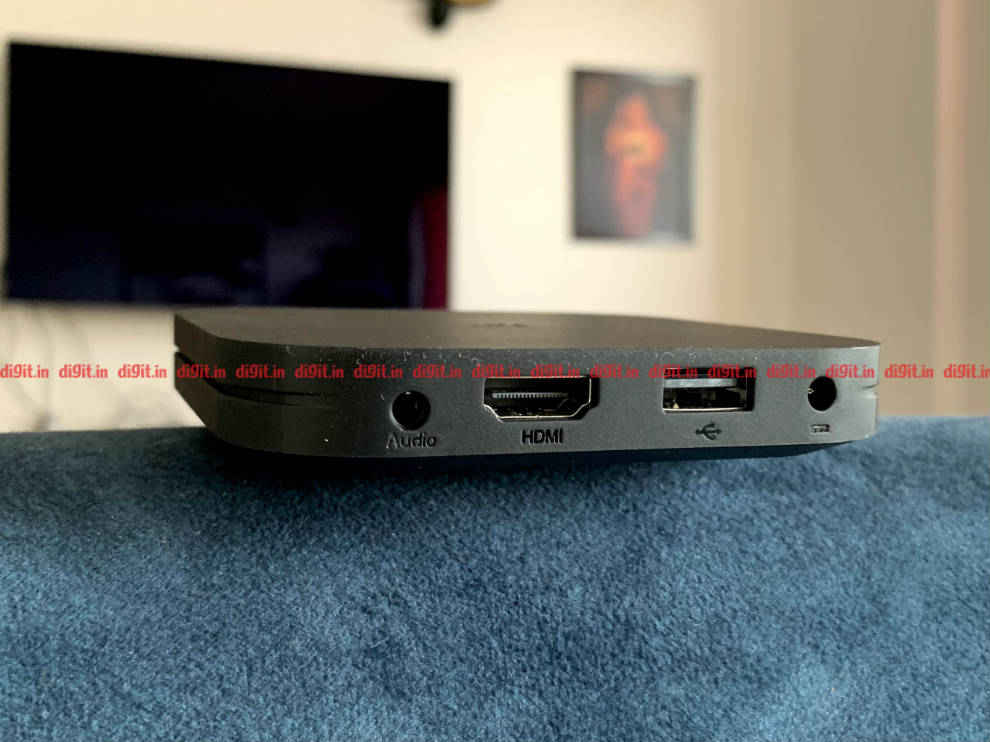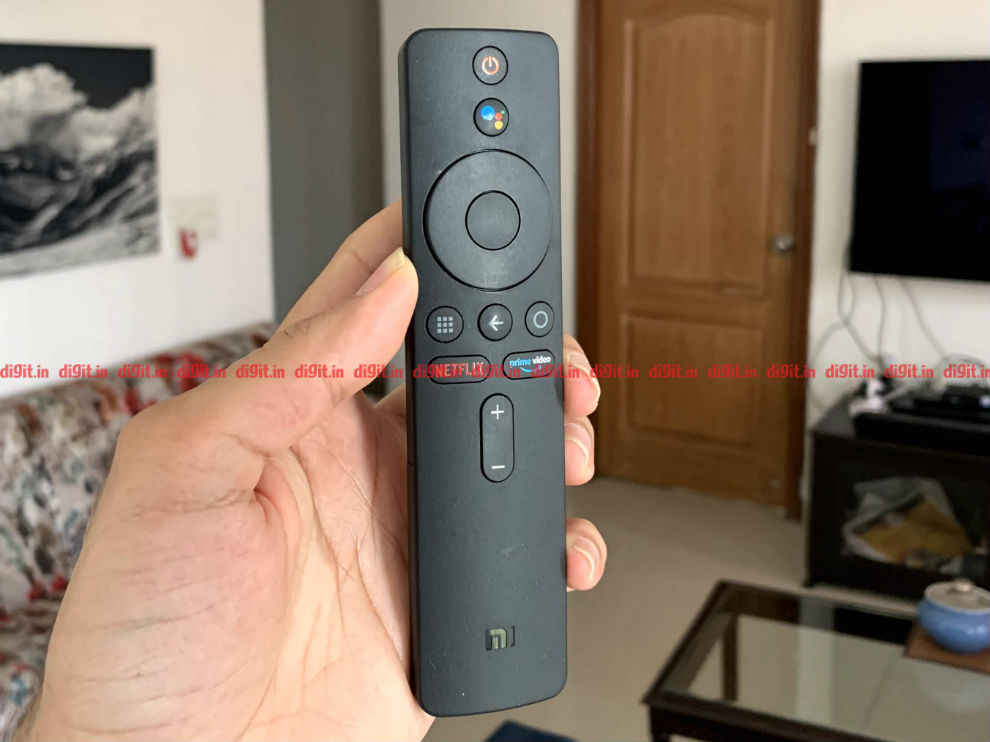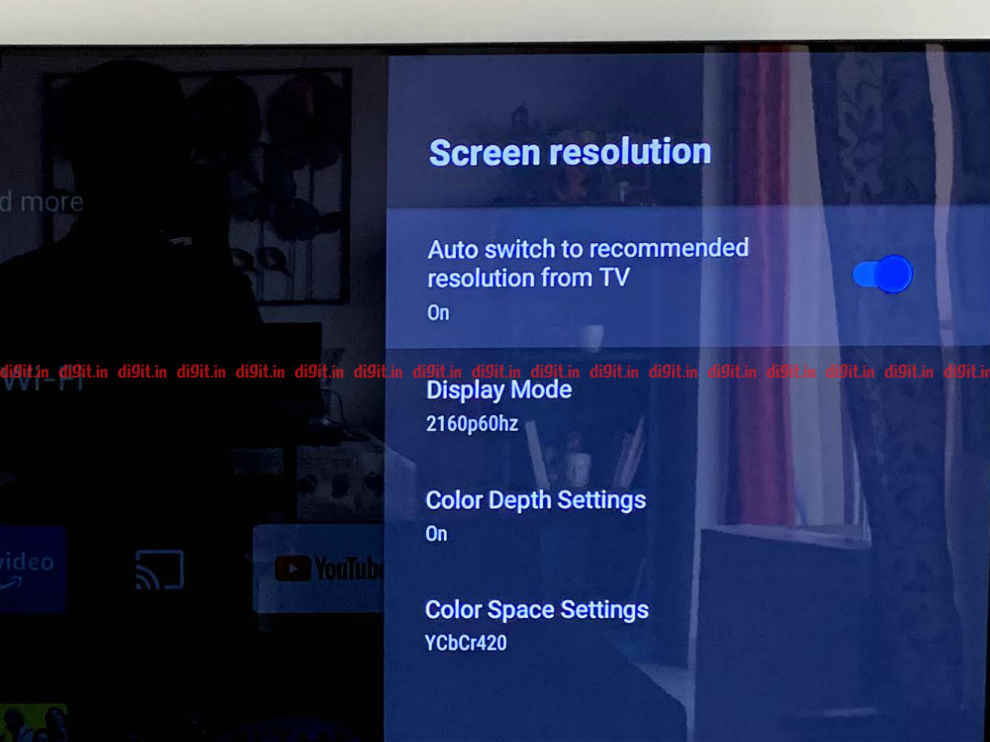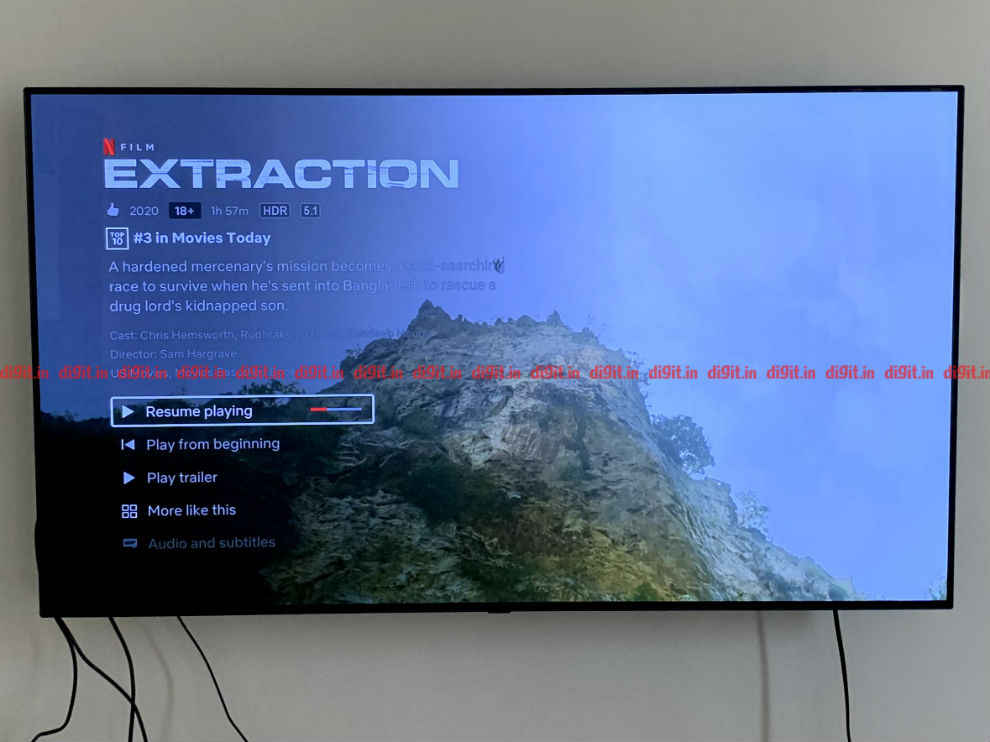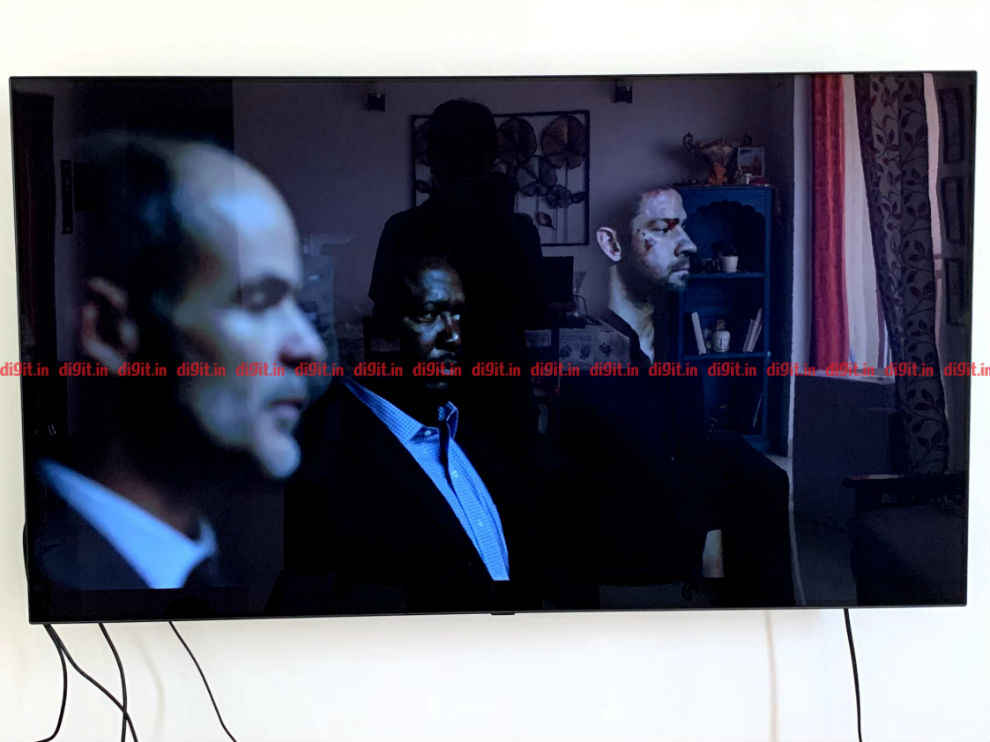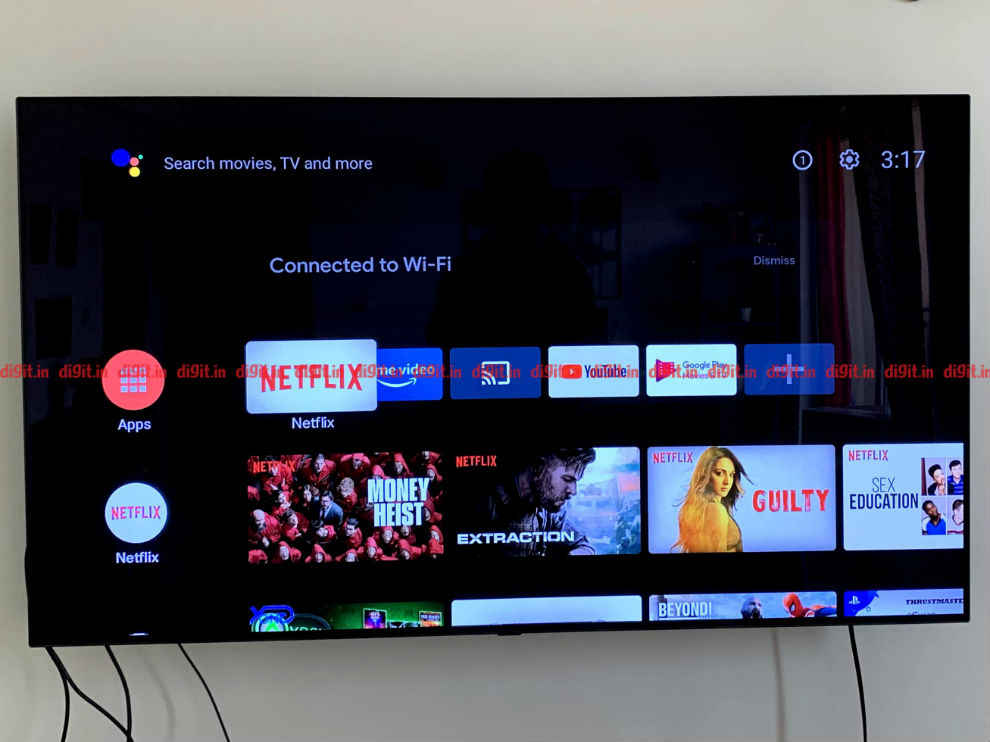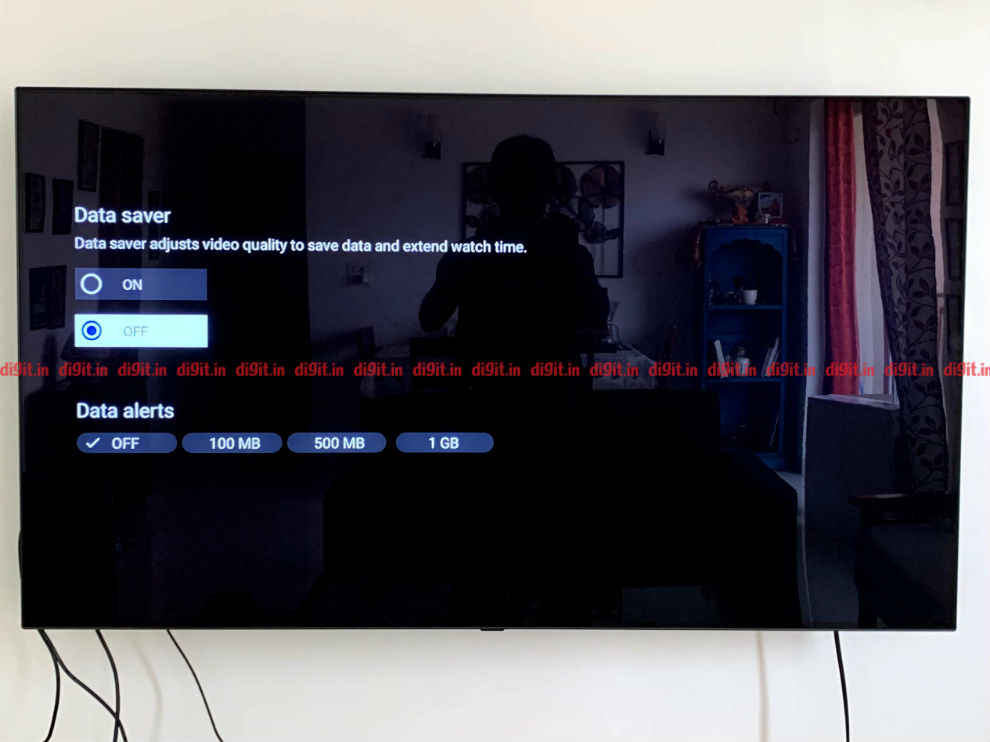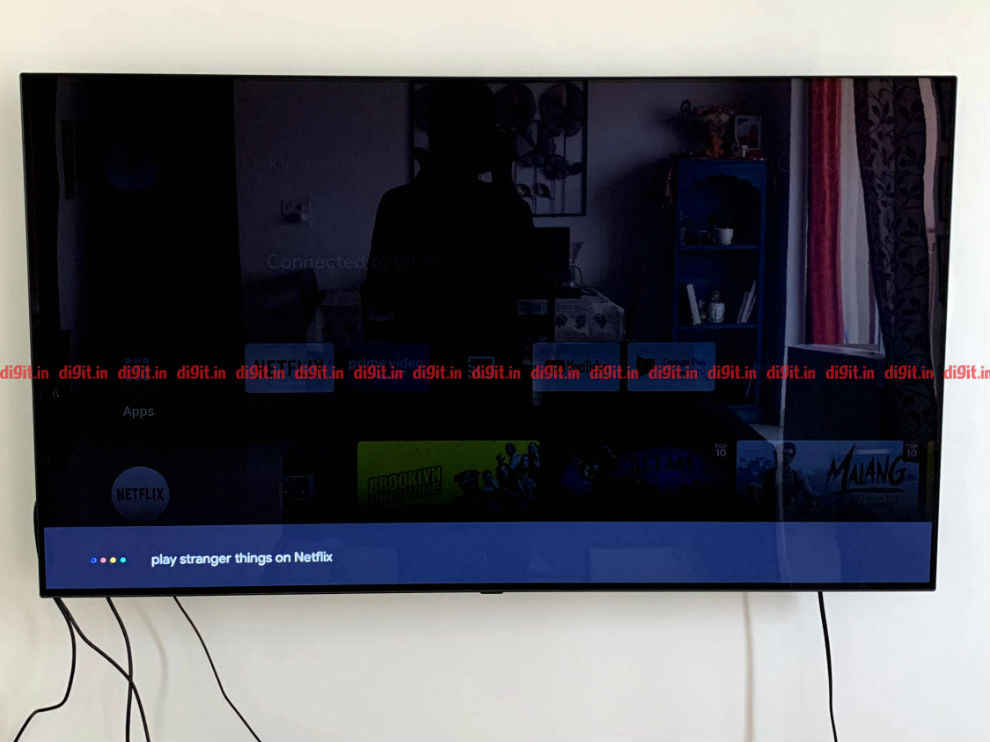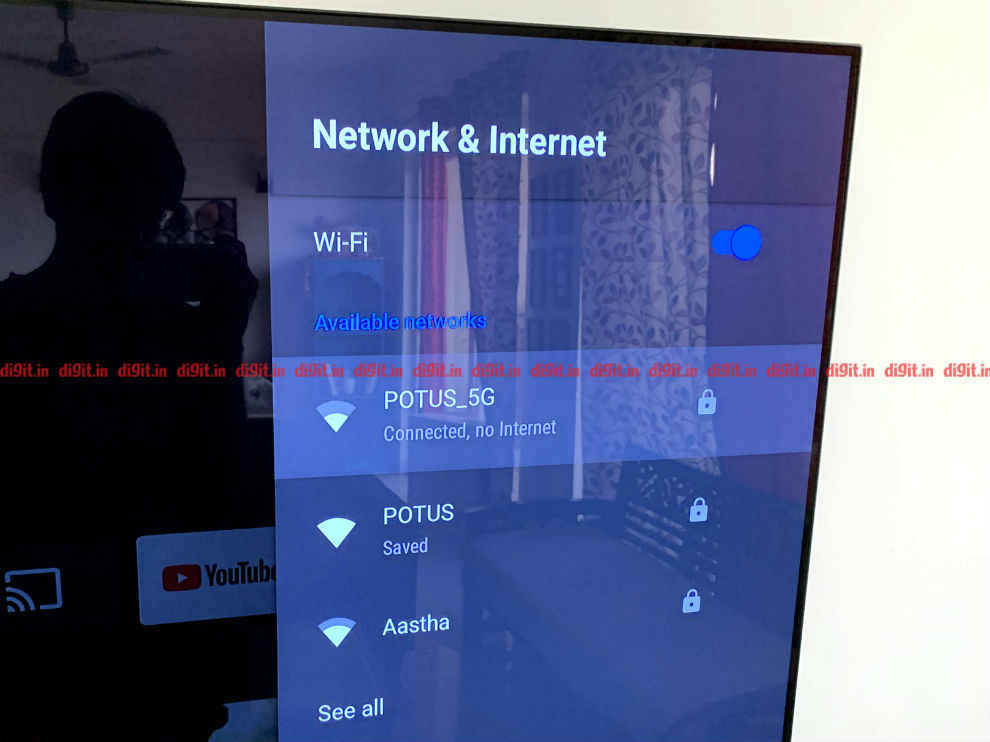Mi Box 4K Review : Good overall performance, but has some niggles
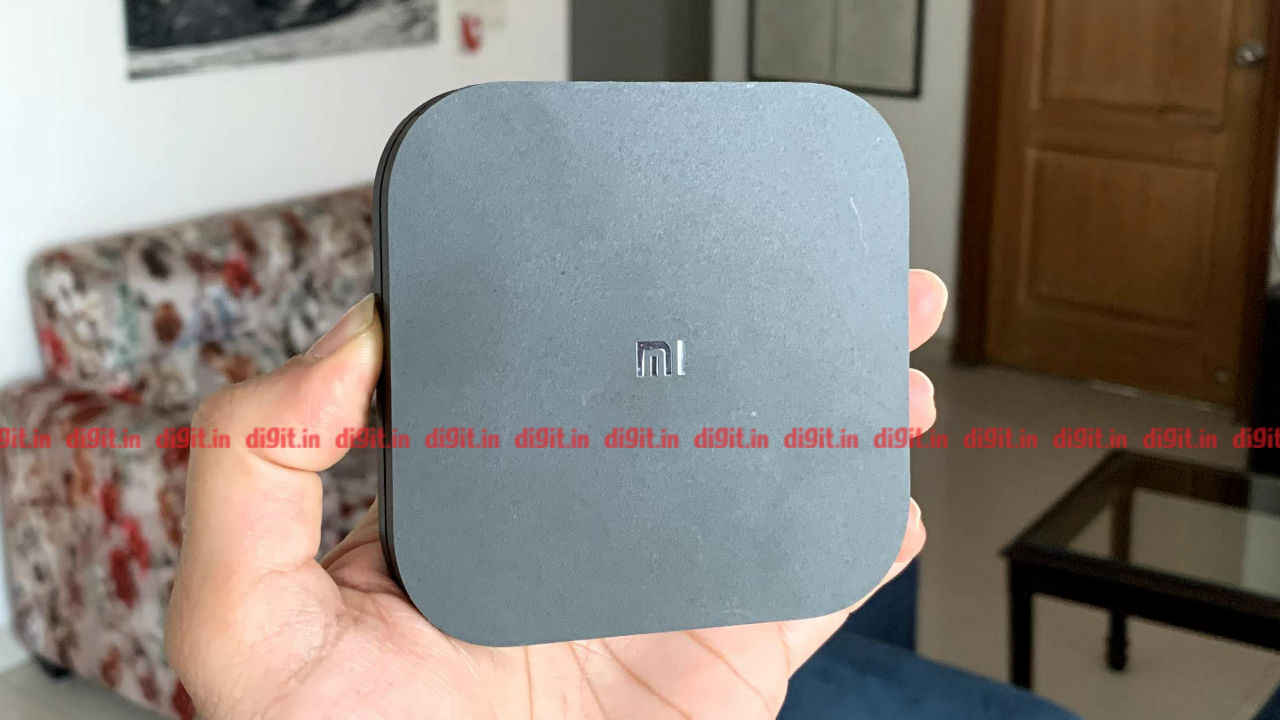
The Mi Box 4K works great for SDR content, and even 4K content. Its HDR performance for Netflix is good but falls short with its HDR performance in Prime Videos. It has a USB port making it convenient to use with external storage devices. The Android UI is smooth and the data saver feature is great. It also has a compact and easy to use remote control. You can consider this device if you are looking to upgrade your 1080p or 4K TV to the smart TV experience. To make the most of HDR content, you are better off looking elsewhere.
Despite the growing popularity of smart TV streaming devices like the Fire TV stick, Chromecast, Apple TV (for the premium buyers), and more are gaining popularity. As much as I like asking the question, the answer is quite simple. It is a cheaper alternative to upgrading your TV. Say you have a TV from 2015 or 2016. It still has a couple of years of life left in the panel. But the Netflix app on that TV has stopped working or the TV wasn’t really smart, to begin with. In such cases, a streaming device is a great accessory to have. We have also seen a lot of budget smart TV users opt for devices like these as their TVs aren’t getting updates or the OTT apps aren't working properly. So if you are one that is looking to upgrade your TV experience to a smart TV experience, then there is a new device to consider – the Xiaomi Mi Box 4K. As the name suggests, the device has support for 4K, it also supports HDR and runs on Android TV giving you access to all the popular apps and a voice-enabled remote control. Is it a worthy contender in the streaming device space? Let's find out!
Mi Box 4K – Specifications
4K support: Yes
HDMI 2.1: No
HDR 10: Yes
Dolby Vision: No
Dolby Atmos: No
Dolby audio+DTS2.0: Yes
Processor: 64-bit 2.0Ghz CPU
RAM: 2GB DDR3
Built-in storage: 8GB eMMC storage
HDMI Configuration: HDMI 2.0b
USB port: Yes, USB 2.0
Audio out: 3.5mm only
Voice-enabled remote control: Yes
Mi Box 4K – What's in the box
In the box, you get the device along with an HDMI cable, power cable and a voice-enabled remote control. You, unfortunately, don't get batteries and Xiaomi tells me that “Battery air shipping is an issue in India. We would have to send it by road otherwise, which will take much more time”. So make sure you have a pair of AAA batteries at hand when you order this device. One thing to note is that the HDMI cable isn't very long. It is quite short and could be a problem for those that have wall mounted their TV. Other than that you get pretty much everything you need in the box.
Mi Box 4K – Build and Design
The first thing that you will notice is how tiny the box is. It will literally fit in the palm of your hand. It is 9.52cm in length, 9.52cm in width and 1.67cm in thickness. It weighs a mere 148 grams, making it the slimmest and sleeker streaming box we have seen. It could be mistaken for a toy, it is so small. The tiny form factor means this can hide in your entertainment setup with ease. It has a matte black finish all around and all the connectivity options are at the back. We have a 3.5mm audio port, along with the HDMI port, the USB port and the power port. It is minimalist and frankly, gets the job done quite well. The Mi Box 4K has dual-band Wi-Fi and Bluetooth 4.2 as well.
Mi Box 4K – Remote Control
Speaking of the remote control, it is quite similar to what we’ve seen with the Mi TV. It is light, ergonomic and easy to use. The only gripe I have with it is that it lacks a mute button which is really handy when I need to answer a call and don't want to pause the “news” on YouTube, but rather, mute it. It has the power button, the Google Assistant button, the circular D-pad with a centre OK button, back, home, menu, volume rocker and Netflix and Prime Video hotkeys. It is as functional as the Fire TV stick remote control if a comparison needs to be drawn.
Mi Box 4K – Performance
Ok, so we are going to break down the performance into how the device performs with SDR, HDR, and 4K, content. We will use apps like Netflix, Prime Videos, and YouTube to judge the performance. We will use an LG B9 OLED TV and a Yamaha YAS-209 soundbar as our connected devices. For reference, we will use Netflix, Prime Videos, and YouTube built-in apps available on the TV and also the same apps on the Fire TV Stick 4K to judge if there is any audio/video difference that we can spot in the performance of the Mi Box 4K.
Mi Box 4K – SDR Performance
The SDR performance of the Mi Box 4K is pretty good. Be it movie trailers from YouTube or shows like Young Sheldon on Prime Videos, the Big Bang Theory or even Friend on Netflix. All shows that are in SDR looked bright, vivid and were well enjoyable on the TV. Even an older show like Seinfeld on Prime Video looked great on the Mi Box 4K. For comparison sake, we played some of the content through the TVs native apps and even the Fire TV Stick 4K, and the performance is homogenous for the most part.
Mi Box 4K – 4K Performance
When connected to a 5Ghz Wi-Fi connection, the quality picks up to 4K pretty fast and stays there. However there is a problem with 5Ghz connectivity, but more on that later. For 4K we resorted to a library of 4K content from Netflix and YouTube and honestly, no complaints here. Changing modes on the TV from standard to Cinema and more did make the colours pop, but that's the case for any streaming device connected to the TV.
If you have a 1080p TV, then all the 4K content is limited to 1080p and that's ok as it looks good on the 1080p TV. For reference, we saw content using the Mi Box 4K on a Sony W950D 1080p TV as well.
Mi Box 4K – HDR Performance
This is where things get very interesting and the Mi Box starts losing its immense appeal. So before we get into the HDR performance, know this. If you have a 1080p TV or a 4K TV that does not support HDR, you should do fine consuming content using this device. However, once you get into HDR territory, especially on a TV that's capable of displaying good HDR, then the Mi Box isn't a great option. To recap, we are using the LG B9 OLED TV as our device to test HDR.
One thing to note is that when we connect any HDR-capable device, be it a PS4 Pro, Xbox One X, Amazon Fire TV Stick 4K, etc. when HDR content starts to play, the TV recognizes that HDR content is playing (be it HDR 10 or Dolby Vision) and switches the TVs picture settings accordingly. This auto-switching of settings should ideally be the case with most TVs. The only time this happened when using the Mi Box was with Netflix. Watching shows like Altered Carbon, Daredevil or even the movie Extraction, the TV automatically released the image source as HDR and switched the settings accordingly. The content in HDR looks great and if you haven't seen the capabilities of the OLED TVs native app or the Fire TV Stick, 4K, you will be impressed. The colour pop, highlights are beautiful and even the dark scenes retain good detail. But like I said, “if you haven't seen the capabilities of the OLED TVs native app or the Fire TV Stick, 4K”. Because the performance of the same content through those devices is superior. However, as I said, the HDR performance on Netflix is good. But on YouTube and Prime Videos, it is bad.
To begin with, on YouTube and Prime Video, the TV did not auto change to the HDR settings. And manually changing them had different effects on both services. Let's start with YouTube. The Black Widow trailer in HDR and Blade Runner 2049 trailer in HDR were our go-to clips as they consist of bright colours, fast-paced action and both trailers look downright gorgeous. When playing both the trailers through the TVs native app or the Fire TV stick 4K, the settings changed to HDR but on the Mi Box 4K it didn't and we got slightly paler colours without the pop. Switching the settings of the TV to HDR did help but there was a noticeable difference when compared to the output of the Fire TV Stick. Most viewers may not notice the difference but if looked at side by side, the difference is noticeable.
Prime Video was by far the worst experience. Look at the photos of Jack Ryan below. One is on the Fire TV Stick 4K, the other on the Mi Box 4K. Not only does the content on Prime Videos look dark, but it also loses some key details as well. Changing the settings to HDR on the TV didn’t help either. Even in a show like the Grand Tour season 1 Episode 1, that's bright and vivid, the colours look slightly washed out and the sand looks whiter than it should when all the cars are racing in the desert in the opening minutes of the episode. I asked Xiaomi about the poor performance of Prime Videos in HDR on the device, and they said it could be a problem with the app, so here’s hoping it gets fixed soon via an update.
Above: Prime Video 4K HDR performance on Mi Box 4K. Jack Ryan Season 2 Episode 2 (Image resized for web)
Below: The same photo clicked in absolute darkness
Above: Prime Video 4K HDR performance on Fire TV Stick 4K. Jack Ryan Season 2 Episode 2 (Image resized for web)
Below: The same image clicked in absolute darkness
Mi Box 4K – Apps and UI
Coming to the Apps and the UI, it is exactly the same we have seen on so many Android TVs. You have access to the Google Play Store so the library of apps is huge. Customizing the home screen with your favourite apps and services is easy and the navigation is fast and fluid. There are 2 things I absolutely liked about the UI – Volume controls and data saver.
See, I did not enable CEC when I set up the Mi Box and when I got a phone call, I realized the soundbar remote was far away from me. So when I pressed the volume down on the remote the volume was reduced from the box itself. This is great as on devices like the Fire TV stick, the volume controls are CEC enabled. It's a small feature but a useful one. The other one is the data saver which lets you connect to a mobile hotspot, consumes less data and gives you a warning when you are reaching your preset data limit.
Mi Box 4K – Content From Hard Drive
Since the Mi Box has a USB port you can easily connect a hard drive to it to consume content. I have a 1TB hard drive with files in MP4 format coded in h.264 and h.265 and both ran very well. A lot of these files are family videos in 4K shot from an iPhone and they ran butter smooth. Although it must be noted that the initial loading of the library in apps like VLC took some time. Safe to say, you can play your favourite files from this device.
Mi Box 4K – Audio Performance
Coming to the Audio, the Mi Box supports 3.5mm in addition to Bluetooth. We connected the device to the TV via HDMI and connected it to the soundbar via ARC and for the most part the audio from all streaming services was crisp, clear with good channel separation. Since the soundbar is a 2.1 setup, the 5.1 was downmixed and handled quite well. no complaints here.
Mi Box 4K – Some Consistent Problems
The 5GHz connection keeps dropping and there are times when it refuses to connect to it. I literally disconnected every other device from the 5GHz band, reset the Mi Box, prayed to the tech gods, but to no avail. It's just a matter of chance. Sometimes it connects and is stable. At other times, it refuses to connect. And this is when devices like the TV, Xbox One X, and Fire TV Stick are all in the same place and connecting to 5GHz without any issue. The problem is that on the 2.4GHz band, content does not pick up to 4K all the time and when it does, it takes a couple of minutes more than it would otherwise.
Bottom line
It is hard to recommend the Mi Box 4K as a go-to device if you have an HDR-enabled TV. But for a 1080p TV or SDR content, it works. But the fact is, so does the Fire TV Stick. The Fire TV Stick 1080p is a mere Rs 500 more expensive than the Mi Box 4K whereas the 4K Fire TV Stick is priced at Rs 6000 making it Rs 2500 more expensive than the Mi Box. There is also the fact that the Mi Box has a plug and play solution for content from an external USB device along with the convenience of Android. So here is your buying decision. If you have a 1080p TV, you can consider this device as it works well, albeit with some niggles. It will even get the job done for a 4K SDR TV. But the performance problem with HDR in Prime Video holds it back from becoming a great streaming device.
Sameer Mitha
Sameer Mitha lives for gaming and technology is his muse. When he isn’t busy playing with gadgets or video games he delves into the world of fantasy novels. View Full Profile

